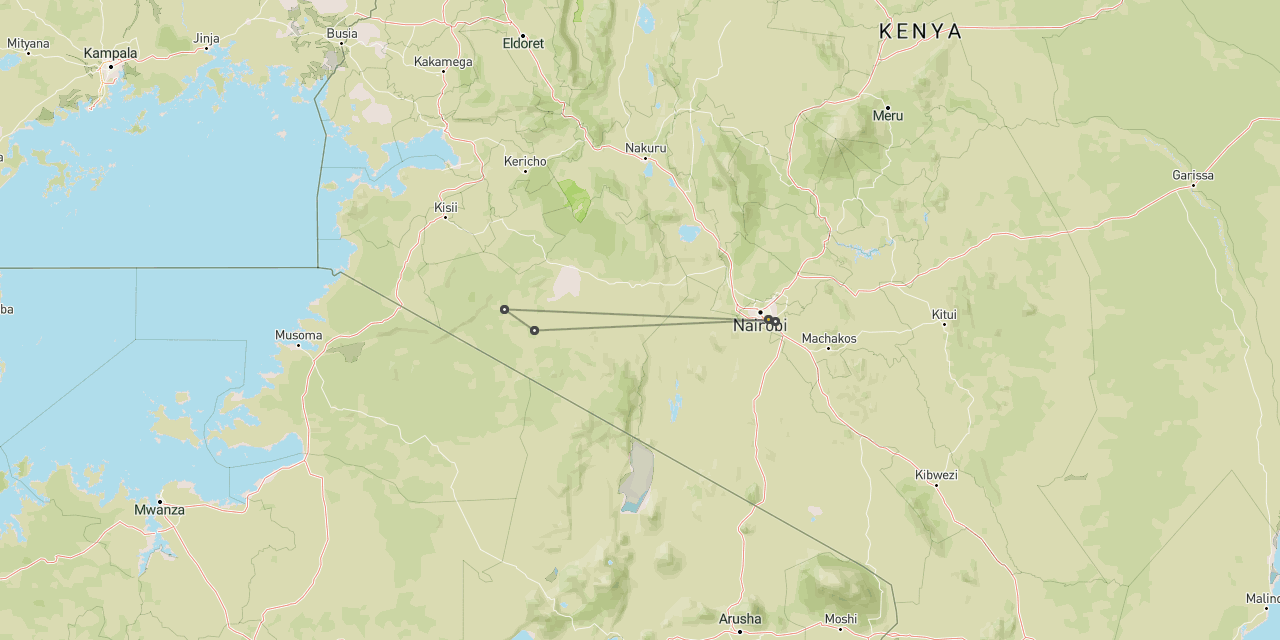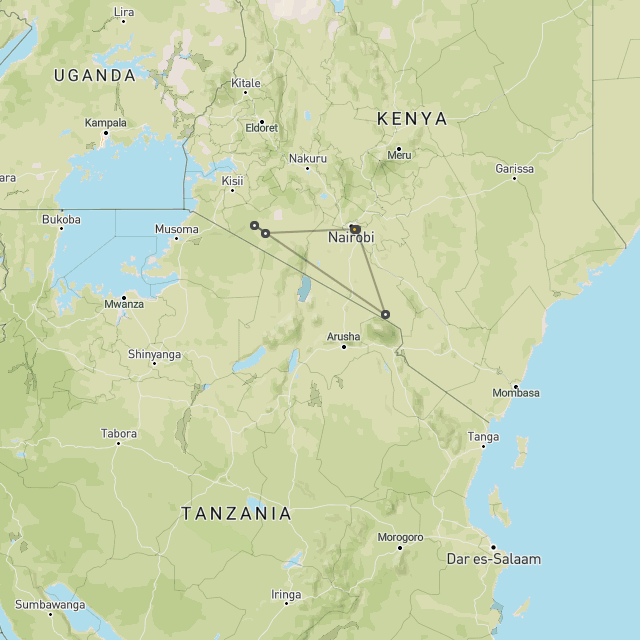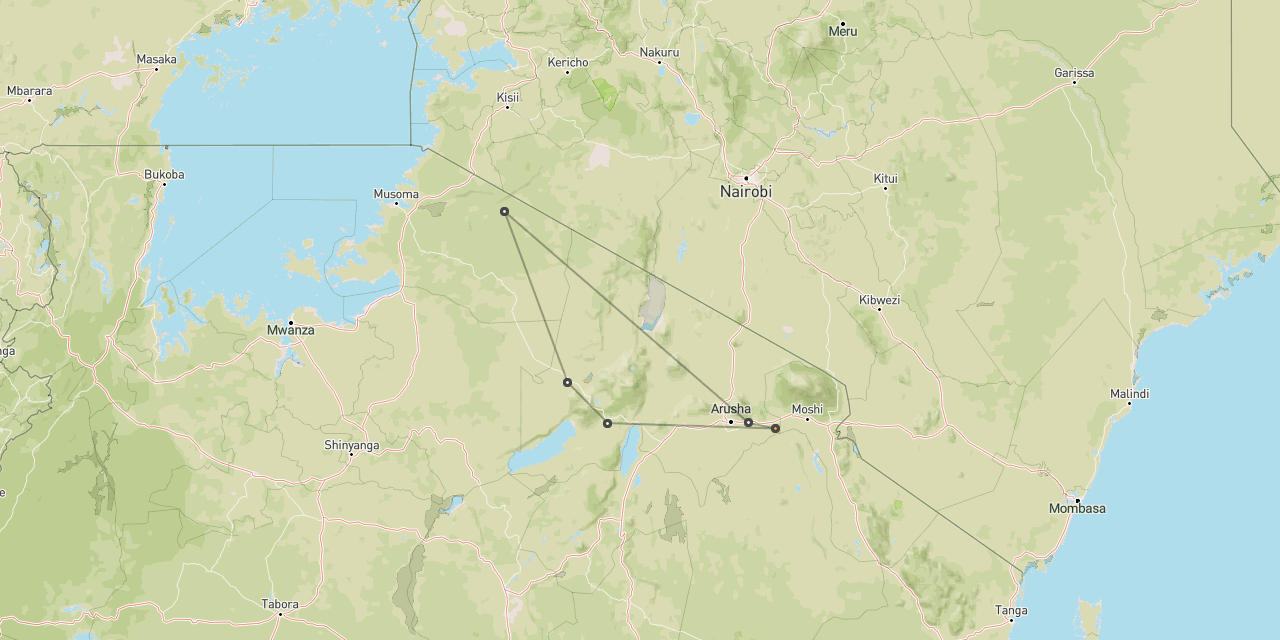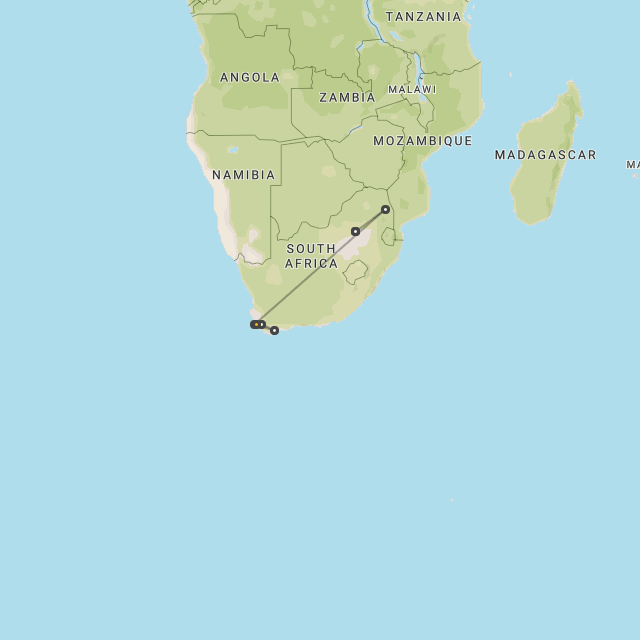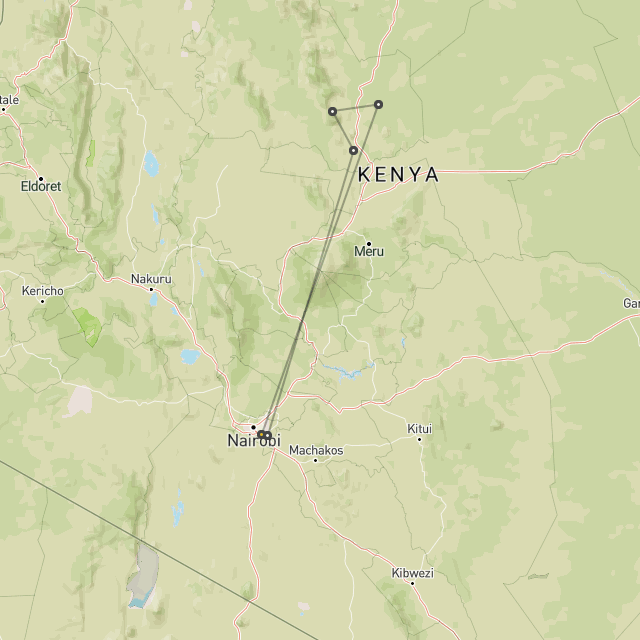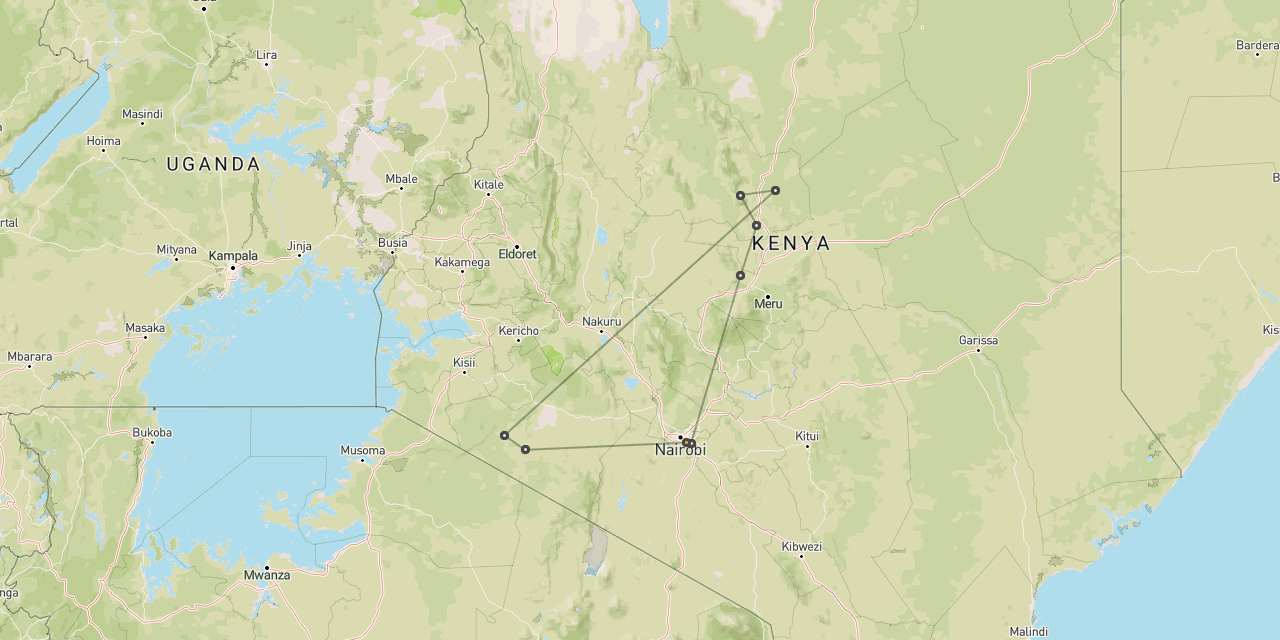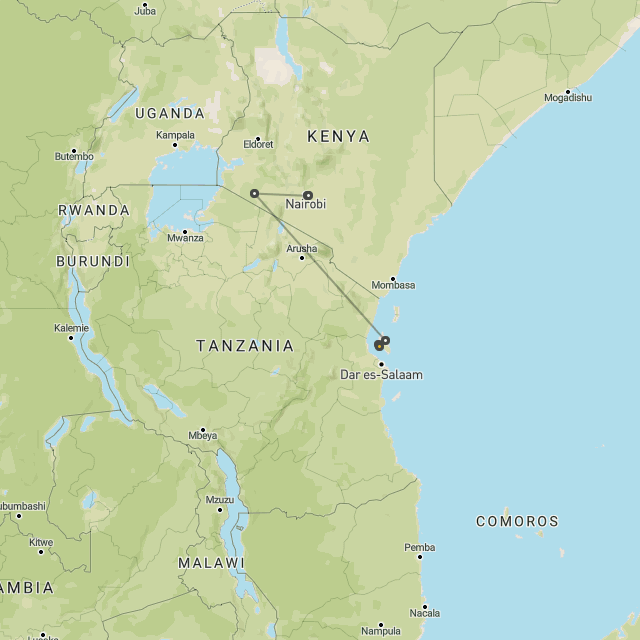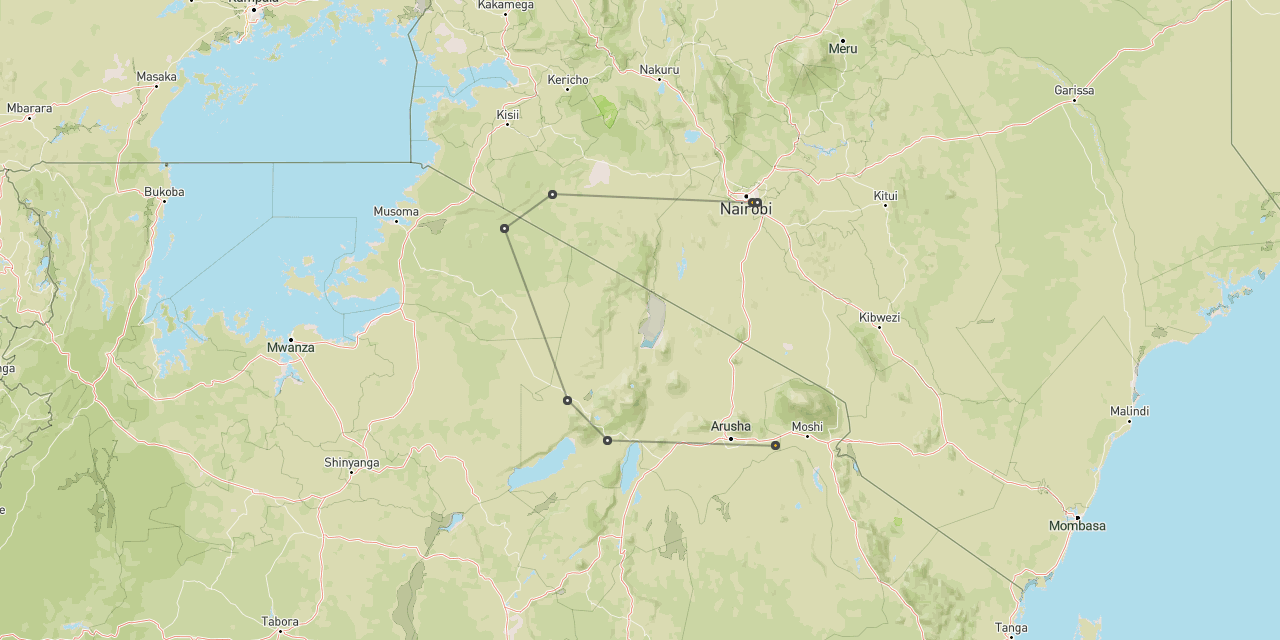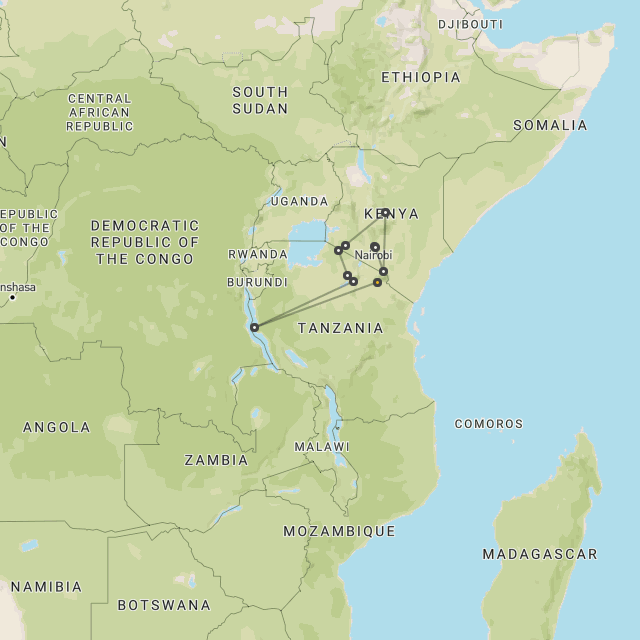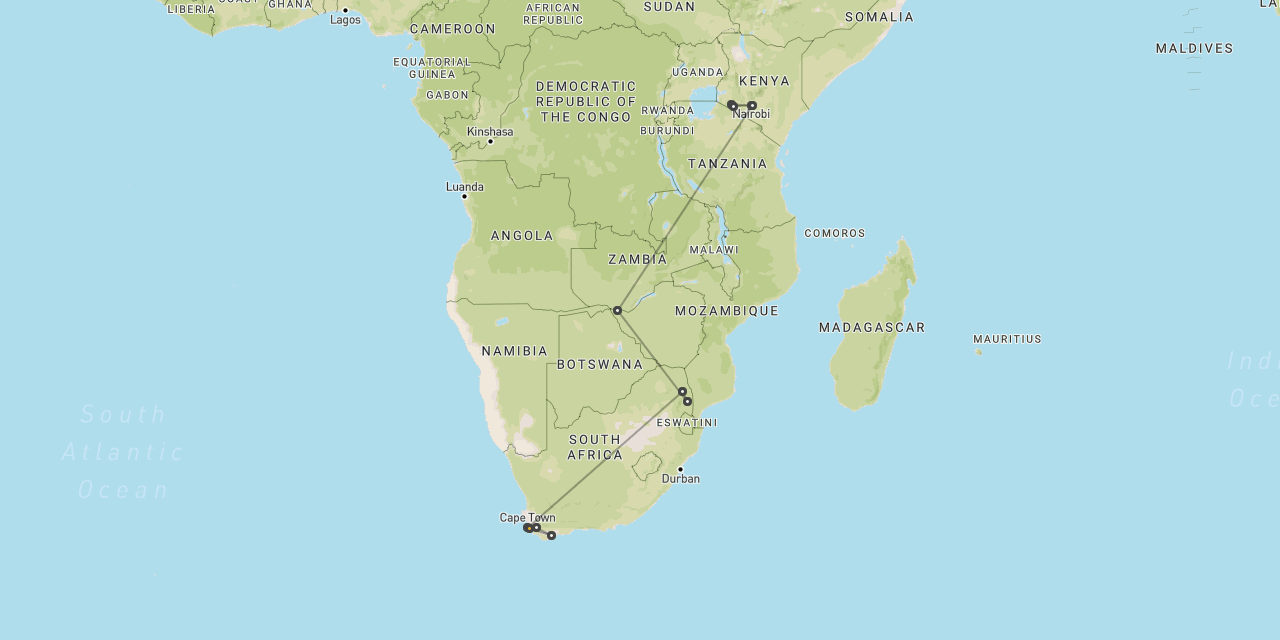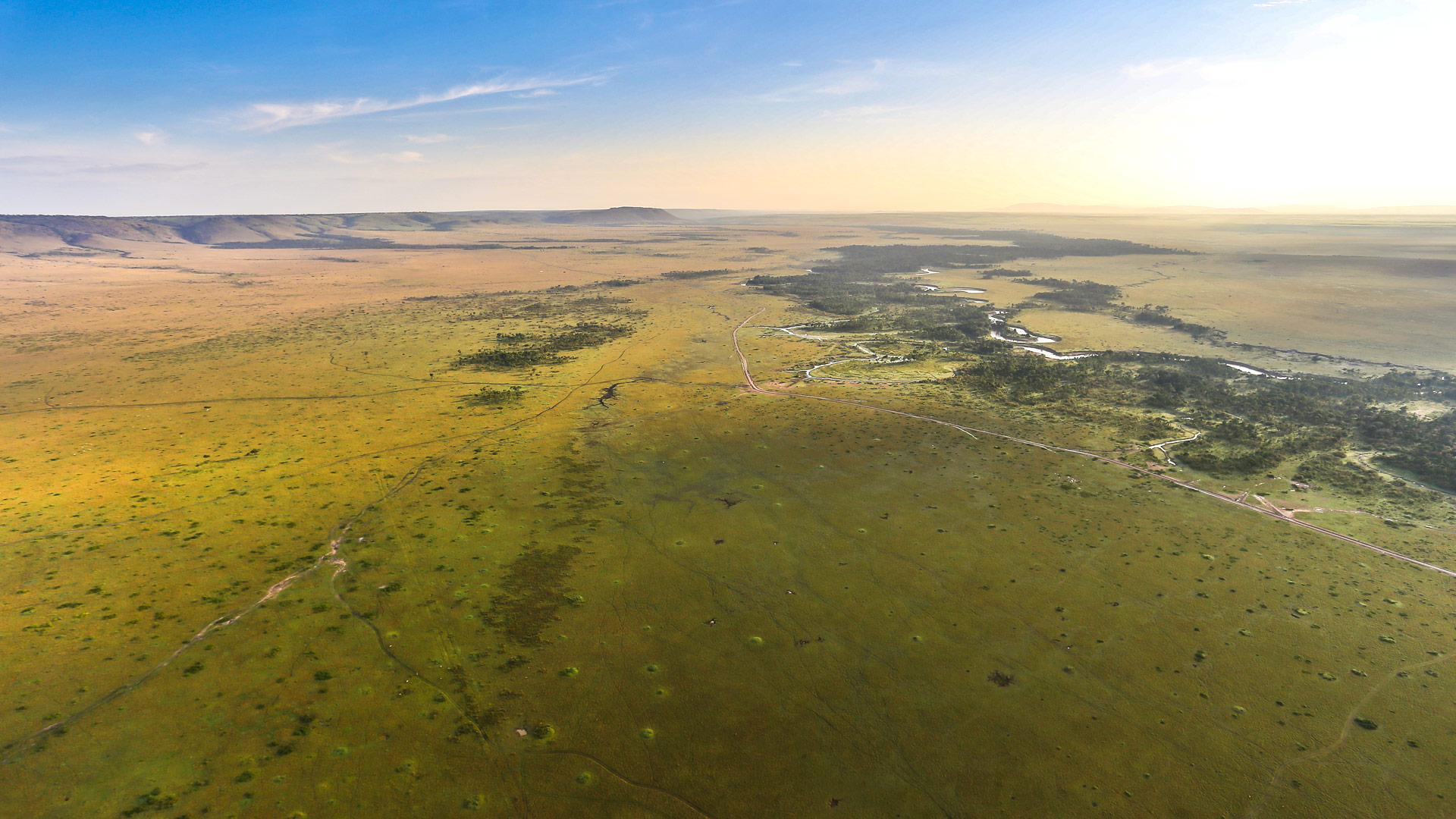
Safari to the Maasai Mara
Maasai Mara
is a pretty and rich safari area
in the southwest of Kenya
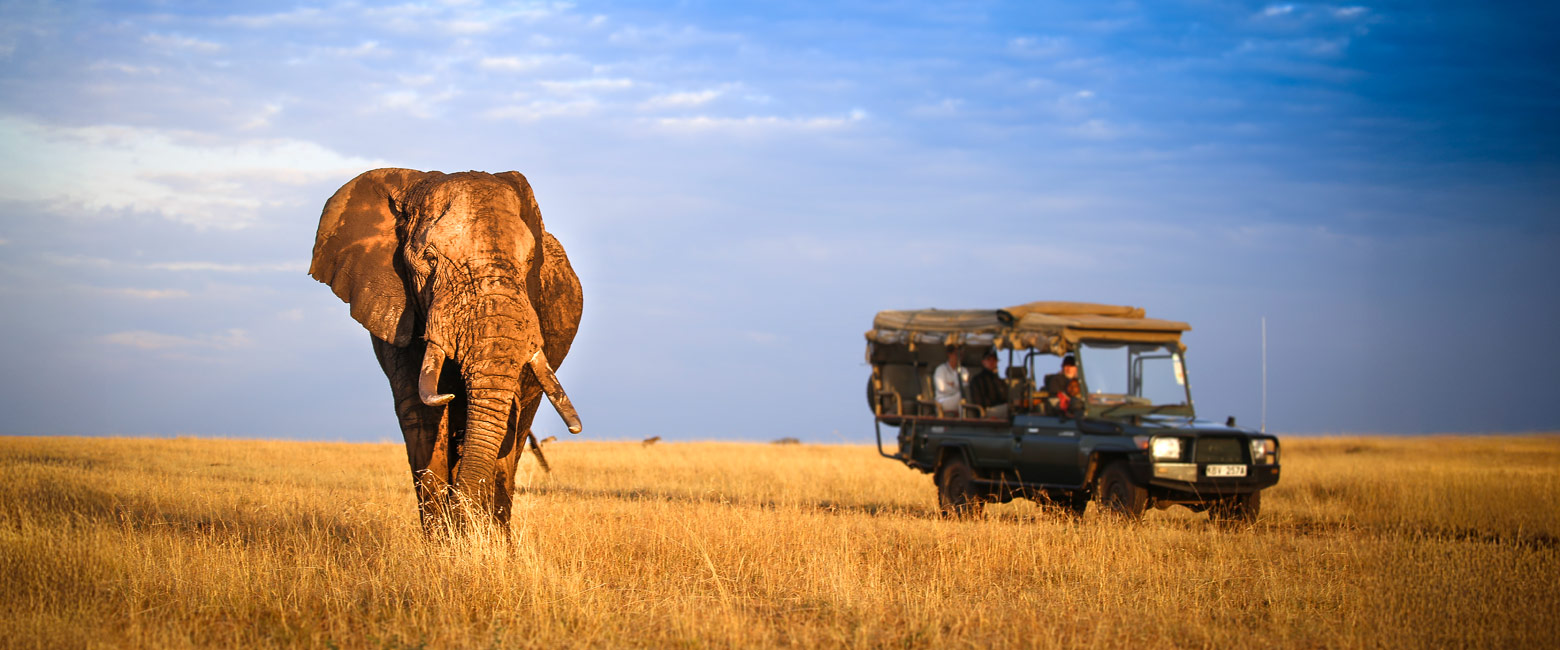
the centrepiece of most safaris to Kenya
Maasai Mara is the portion of the Serengeti ecosystem which lies in Southwest Kenya, the remaining 85% lying across the border in Tanzania.
It is one of the best known and most iconic safari areas in Africa, which offers some of the most gorgeous scenery and certainly the richest wildlife viewing in the country.
The area is best known for its massive wildebeest migration, which visits this side of the international border during the Jun-Oct dry season. But the area also has a very rich range of resident wildlife and reliably produces great sightings year round.
The Maasai Mara is well worth visiting at any time of year, ideally staying in two or three different sub-areas over 5 to 9 nights.
The area has a superb range of accommodation options, a refreshingly high proportion of which are unusually small and authentic mobile tented camps.
However the area does suffer from serious volumes of budget minibus safaris and there are some serious traffic issues in core areas, so very careful planning is needed to ensure a suitably high quality wilderness experience.
The reserve is usually visited in combination with other safari areas in Kenya, with other options including the primate areas of Uganda and the tropical beaches of the coast.
The Maasai Mara is relatively rarely combined with Serengeti since the international border between the two is closed, necessitating an inconvenient round-the-houses flight routing. But it is possible.
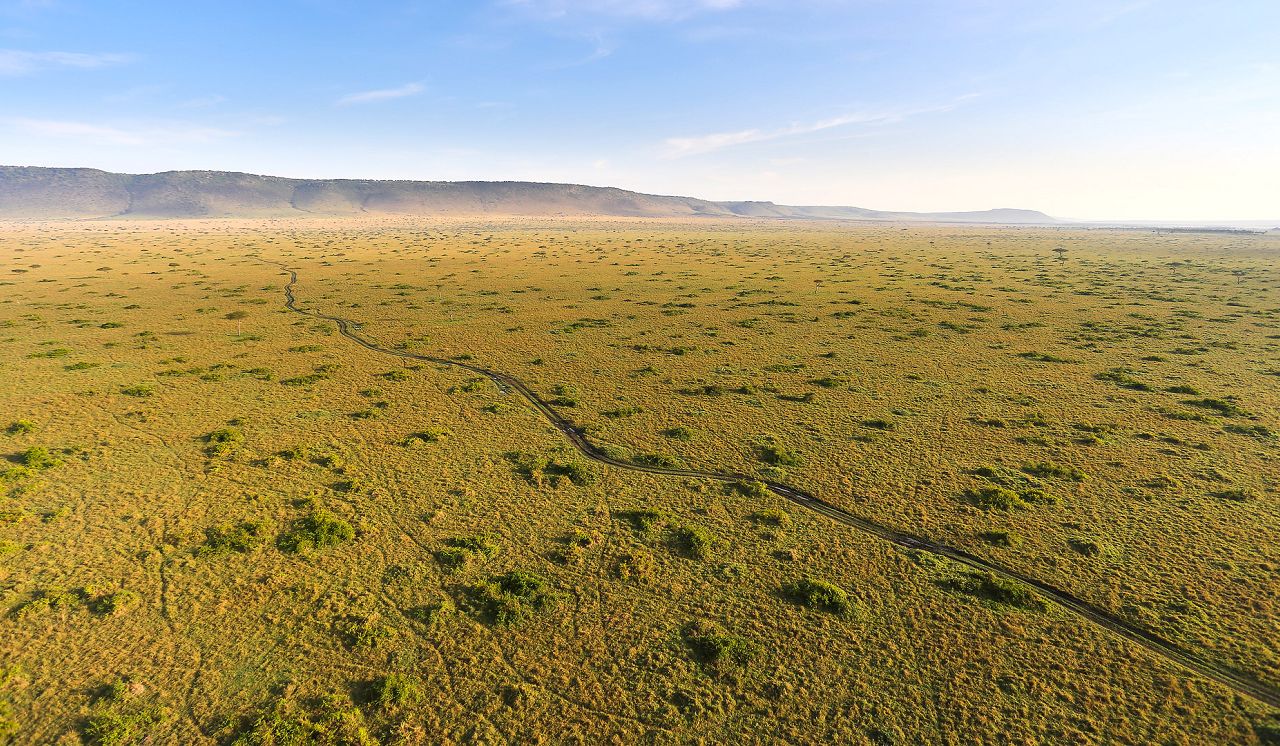
Gallery
Map
The Maasai Mara tends to feature in almost all safari trips to Kenya. As well as being the best known reserve, it is also the most productive for wildlife.
The usual stay duration is 4-8 nights split between two camps, less frequently 3-4 nights in just one camp.
Seasonality
The Maasai Mara is a relatively seasonal area.
The classic time to visit Maasai Mara is during the Jul-Oct dry season, when the main wildebeest migration should be around. This is also a very strong period for other wildlife, but it is also the time at which visitor numbers peak.
The Nov-Jun green season is a period when rain showers can occur any time, although they are usually centred on Mar-May, when rain can really become quite heavy and prolonged. Unusually, the wildlife viewing remains strong throughout this period, although finding predators can become a little more challenging whilst the grass is long.
Nov-Feb is a very nice and peaceful time to visit, although visitor numbers do rise over the Dec-Jan holiday season. June can also be very pleasant, although often with residual showers.
Getting around
You’re most likely to arrive into the Maasai Mara area via the regular light aircraft services that operate from Nairobi, which means that you will travel around the area with a guide and vehicle from the camp in which you are staying.
It is also possible to travel down to the Maasai Mara by road, which is quite a long and tiresome journey, but not without interest. The trouble is that the better lodges in the Mara will offer you no discount for having your own guide and vehicle along, so you end up paying for both, which works out more expensive than flying down.
We always include all connecting transport in your trip unless you specifically ask us not to.
Where to stay
Trying to decide where to stay in Maasai Mara is a little bit complicated.
If you are planning a shorter trip of maybe 3-4 nights during the Jul-Oct dry season, then you will probably stay in only one camp, meaning that the best option is likely to stay inside one of the private conservancies, Mara Olare Motorogi and Mara North would be great places to start looking, since you can also access the main reserve on a day trip if you choose.
If you are planning a shorter trip of maybe 3-4 nights during one of the quieter times of year, so outside that Jul-Oct dry season and not during the Dec-Jan holiday season, then you could look to stay at one of the camps inside the main reserve, so you could also consider Mara Triangle and Mara Confluence.
If you are planning a longer stay of maybe 5-7 nights, then you will probably split across two camp locations. This could mean one inside the main reserve (Mara Triangle or Mara Confluence), combined with one in the private conservancies (Mara Olare Motorogi, Mara North or Mara Naboisho). Or you could combine two private conservancies, maybe one of Mara Olare Motorogi or Mara North coupled with one of Mara Naboisho or Mara Southeast.
The link below will take you to a page where we present all of the lodges and camps in all the Maasai Mara areas combined. If you change the month in the search sentence then the lodge ratings will reorder appropriately to show you the very best options for that period. That’s a good place to start.
the Maasai Mara can be visited at any time of year
let us know your thoughts about Kenya
and we will help you create the perfect safari

Extraordinary tailor-made adventures,
from earthy and edgy to easy and extravagant
From around USD 2500 per person, you set the ceiling
Sample Trips
Here are some of our popular trip shapes

Get started on your trip
It’s never too soon to get in touch, we are here to help with every stage of your planning.
Best Lodges
We regularly inspect and photograph all of the the best lodges, to ensure that we always recommend the most suitable options
Key Locations
Take a look around related locations. Click ‘View more’ to explore locations further afield.






















